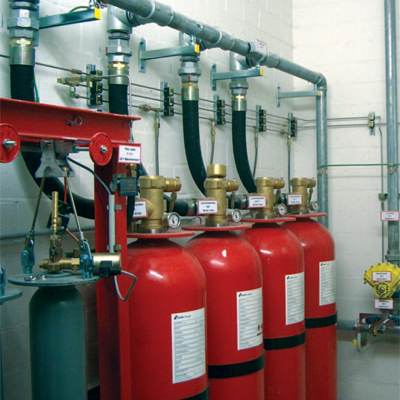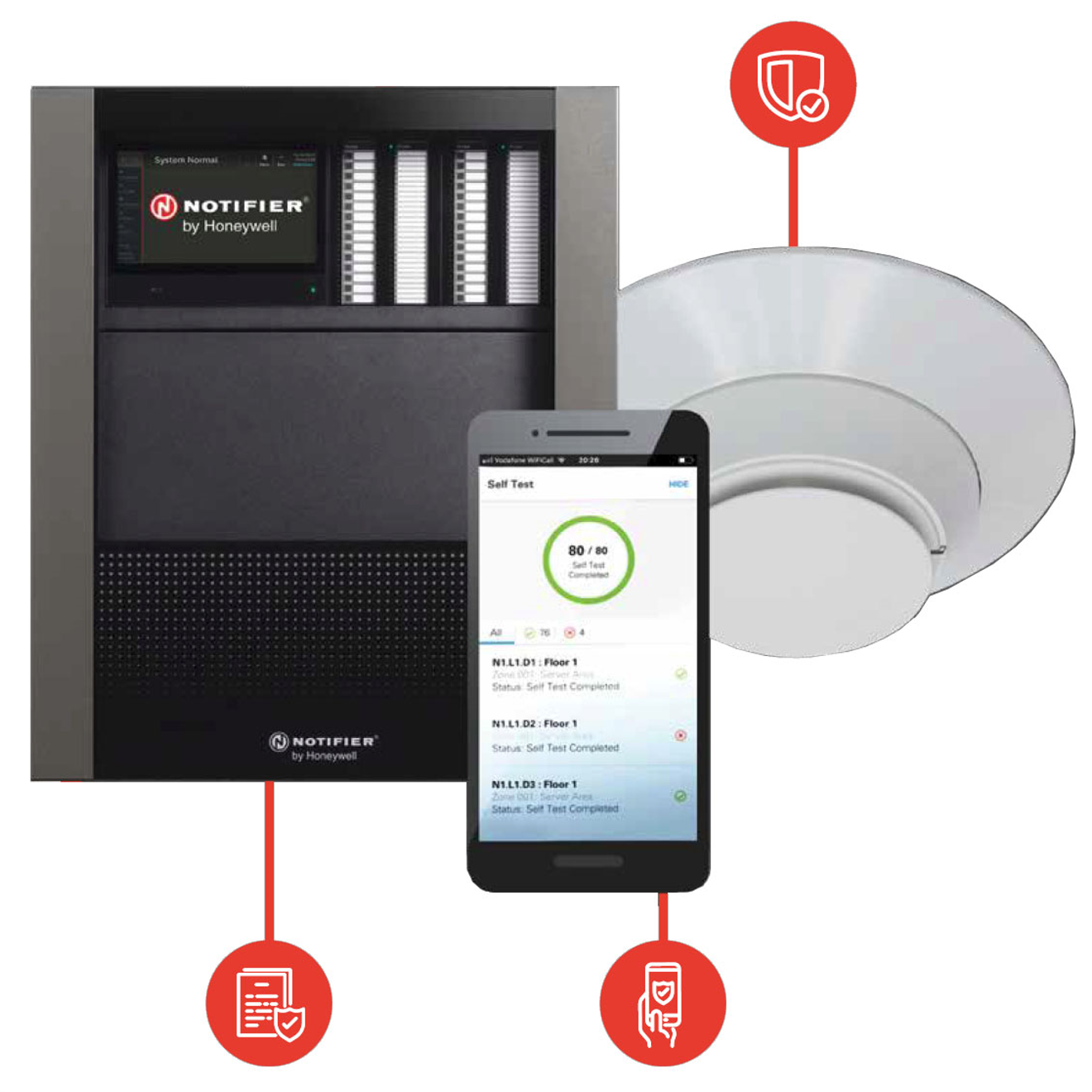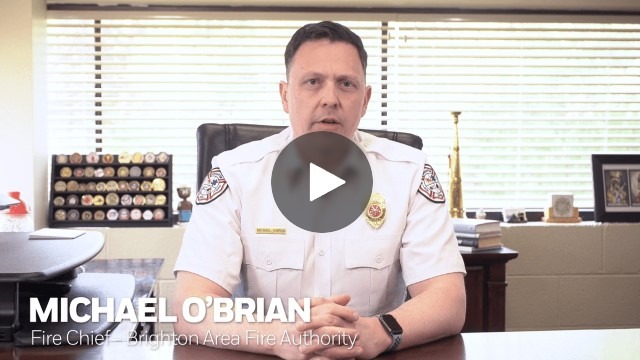Both FM 200 and NOVEC 1230 are clean agents used for fire suppression in occupied settings that are sensitive to water. They are both considered halon replacements that are discharged within ten seconds as a non-toxic gas, suitable for Class A, B, and C fire hazards. NOVEC 1230 has been replacing FM 200 systems, here’s why!
NOVEC 1230 v FM 200 Use in Occupied Areas
Clean agent systems are often used in areas that are occupied, meaning they have to be considered safe for human contact. Both NOVEC 1230 and FM 200 have been deemed safe and do not displace oxygen, keeping the area safe as people evacuate.
NOVEC 1230 is efficient at a lower concentration, giving a larger margin of error to retain the No Observable Adverse Effects Level (NOAEL). NOVEC 1230 is used at a 4-6% concentration with a NOAEL of 10% while FM 200 is used at a 6.7-8.7% concentration with a NOAEL of 9%. While both are considered safe, NOVEC 1230 has a larger margin of error for concentration level fluctuation.
Environmental Impact
Fire suppression systems have been a concern for environmentalists, as chemical compounds release gas that can cause damage to the environment. This is why FM 200 was developed, to replace the halon systems that were seen as damaging. FM 200 doesn’t cause any ozone depletion, making it a much safer alternative to halon. Now, NOVEC 1230 has been developed as an improved alternative, with a much lower global warming potential and atmospheric lifetime than the former FM 200.
Storage
Both NOVEC 1230 and FM 200 clean agent fire suppression systems are stored in cylinders. NOVEC 1230 is stored as a liquid and requires a larger storage area than FM 200 which is stored as a gas. Both of these systems are deployed as a gas but differ in how the chemical compound is stored and the amount necessary to safely deplete any flames.
We Can Recommend the Best System for You!
At WSFP, we design and install fire suppression systems that are best suited for your application! We are recommending the NOVEC 1230 systems for new builds that have the capacity for increased cylinder storage due to the lesser environmental impact and improved safety for occupied spaces. Contact us today and we can help you determine which system fits the safety needs of your property!


